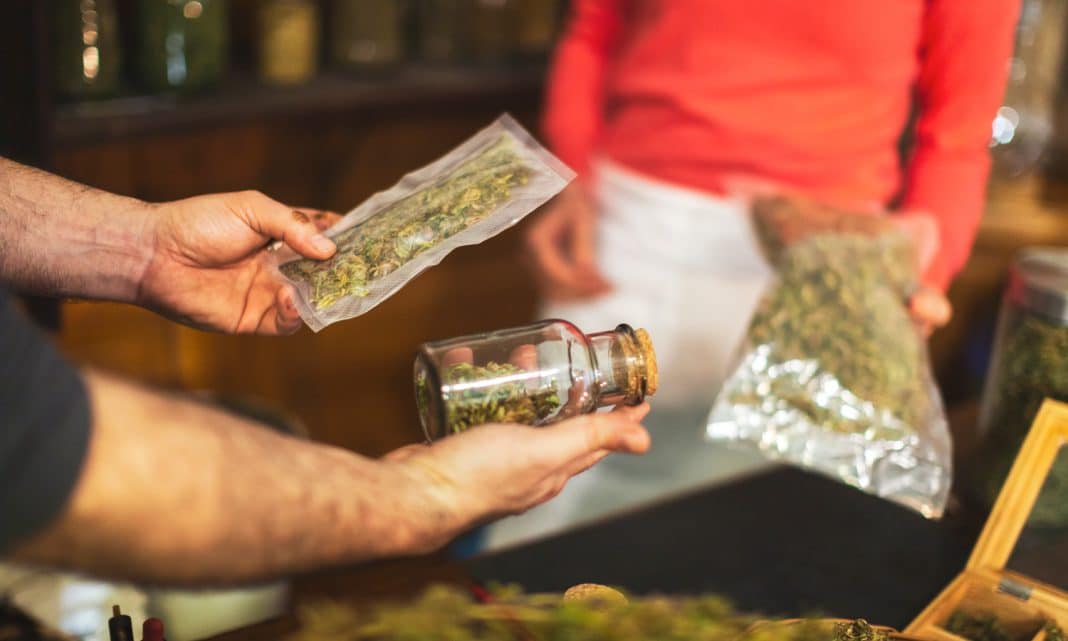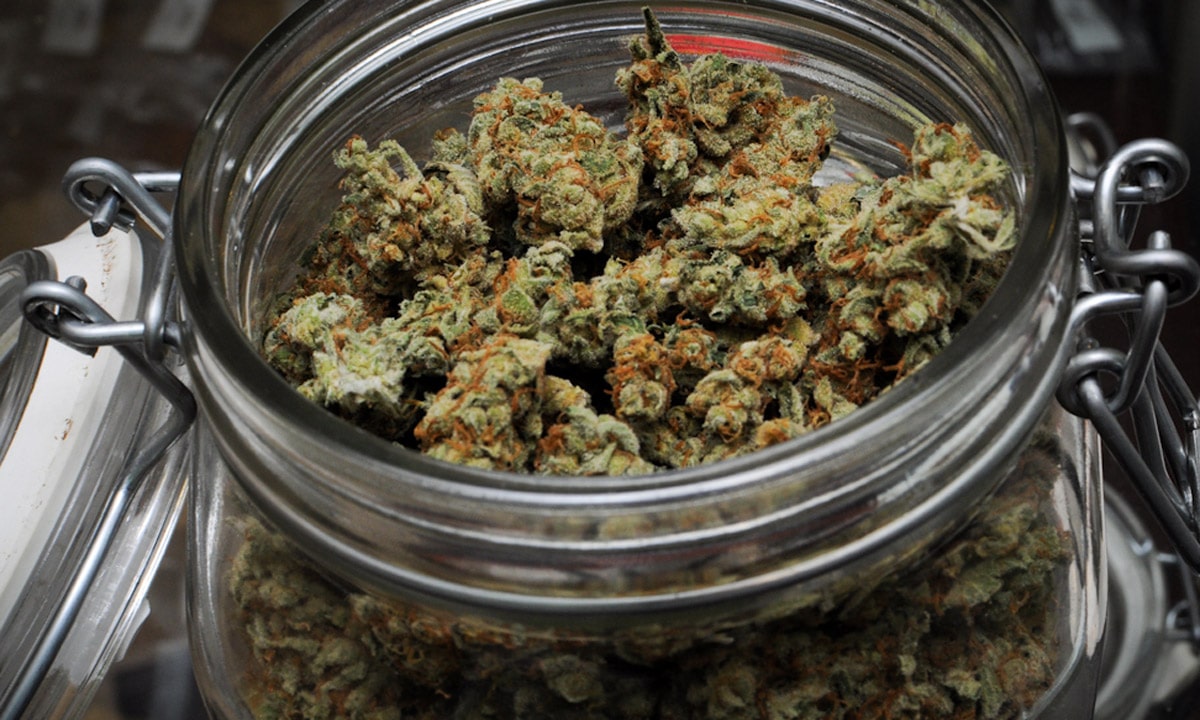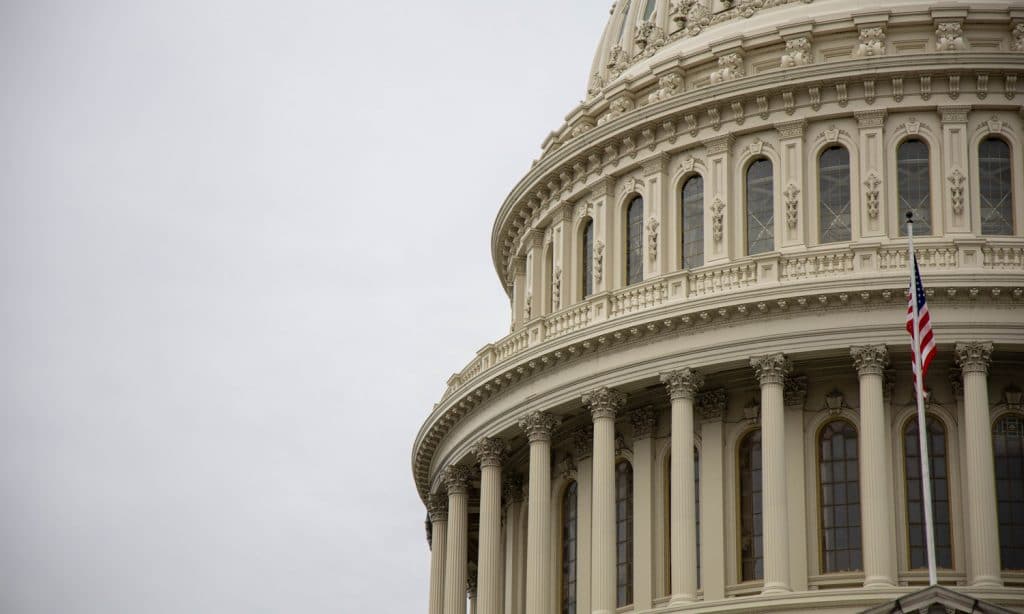Have you ever wondered why you have butterflies in your stomach when you are stressed? Or why you run to the bathroom before speaking in front of an audience? These are clear examples of how your gut responds to stress. There is a gut-brain connection that links the nervous system to the digestive system.
There are two competing components to your nervous system: the sympathetic and parasympathetic systems. The sympathetic system is the “fight or flight” response. This system kicks into gear when you have to speak publically, meet a deadline, or exercise. The sympathetic system causes your pupils to dilate, heart rate to increase, blood pressure to rise, and body to sweat.
The parasympathetic system helps you digest your food, sleep, dream, and relax. Especially during these stressful times, many of us are living in a perpetual state of “fight or flight.” We are overworked, exhausted, and anxious about what the future holds. This constant state of “fight or flight” results in digestive ailments such as bloating, irregular bowel movements, acid reflux, and rapid weight gain/loss. Overexertion on the sympathetic system may also cause a decrease in blood flow and oxygen to the stomach, which can lead to cramping, inflammation, or an imbalance of gut bacteria.
The ever-increasing importance of the ECS system
The endocannabinoid system, or ECS, is a vast and essential system that modulates and interfaces with all of the other systems throughout your body. It regulates physical functions, such as movement, pain sensation, and immune responses, as well as cognitive or mental capacities, like perception, mood, and memory. The ECS naturally produces cannabinoid-like molecules that stimulate the body's cannabinoid receptors. These receptors are in many areas of the body, such as the brain, muscles, and gastrointestinal (GI) tract.
Why and how does CBD affect the nervous system?
Did you know that our brains make their own internal cannabis molecules (endogenous cannabinoids)? Anandamide (named after the Sanskrit word for bliss, ananda), helps temper stress and balance the nervous system, so we are not spiraling out of control on high sympathetic overdrive. Sympathetic overdrive takes a toll on the body that can eventually lead to a state of adrenal fatigue if left untreated. Adrenal fatigue causes everything from a compromised immune system to a decreased ability to handle stress to and memory problems.







